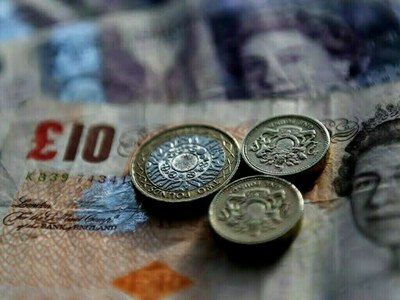Pound Receives Boost from UK Retail Sales Data
The British pound garnered some support on Friday following better-than-anticipated retail sales figures in the UK. However, this boost was insufficient to maintain positive momentum against the US dollar, which experienced a widespread rebound.
The pound subsequently decreased by 0.22% against the dollar, trading at $1.3309. The retail sales data revealed a 0.4% increase in sales volumes during March. This contrasts with economists’ expectations of a 0.4% decline, as indicated by a recent poll.
Retail sales for the entire first quarter saw a substantial 1.6% rise, marking the most robust performance in four years.
According to Kit Juckes, chief FX strategist at a financial service company, the figures provided “a little bit of comfort” for the pound. Juckes cautioned against overstating the impact, noting that the pound had been performing well and was at risk of declining before receiving temporary support from the data.
The dollar strengthened against most developed market currencies on Friday. This was partially attributed to indications of reduced trade tensions between the US and its major trading partners, including China.
Despite this, the US currency remains considerably weaker compared to its value before tariff announcements on April 2. The pound has risen by 3.25% against the dollar in April, positioning it in the middle range of currencies and potentially marking its largest monthly gain since November 2023.
The euro has seen a substantial 5.3% increase against the dollar in April and has also gained nearly 2% against the pound, potentially representing its most significant monthly gain since December 2022.
On Friday, the pound and euro exhibited similar movement, with the euro trading at 85.35 pence.
Throughout the week, traders have also been analyzing statements from Bank of England officials.



Comments (0)
No comments yet. Be the first to comment!
Leave a Comment